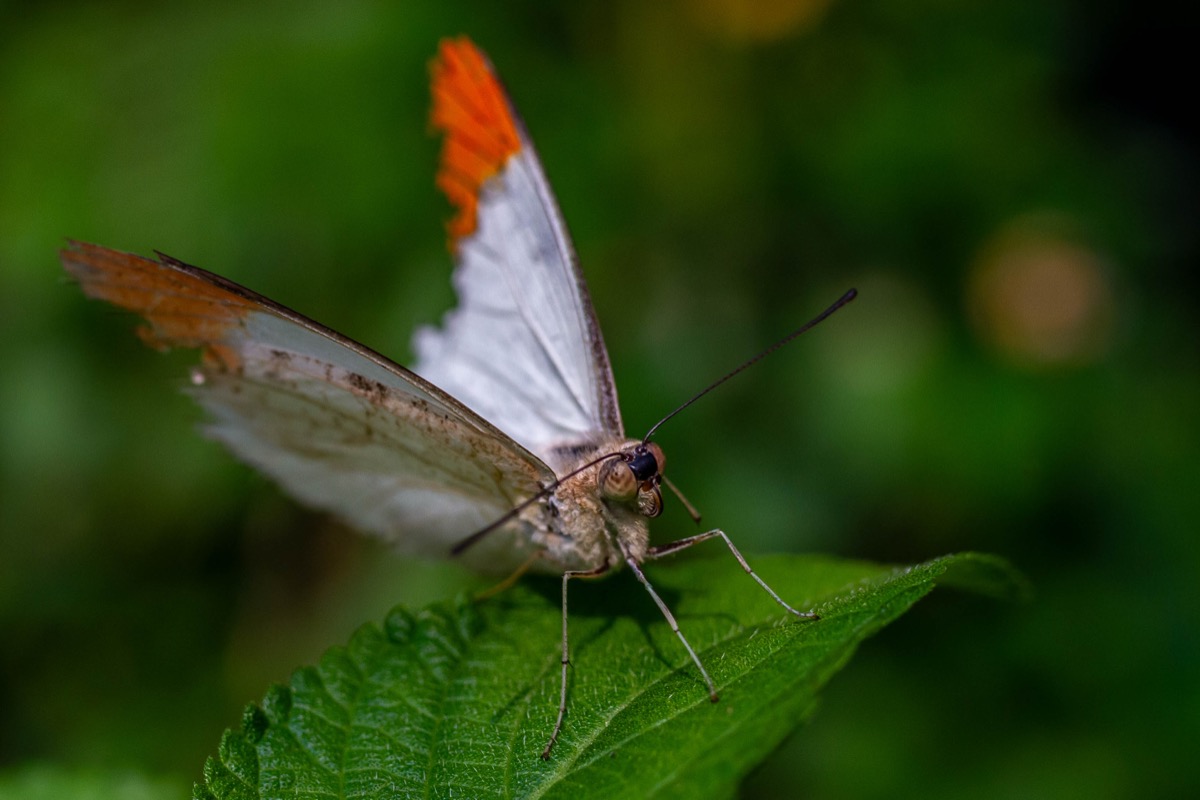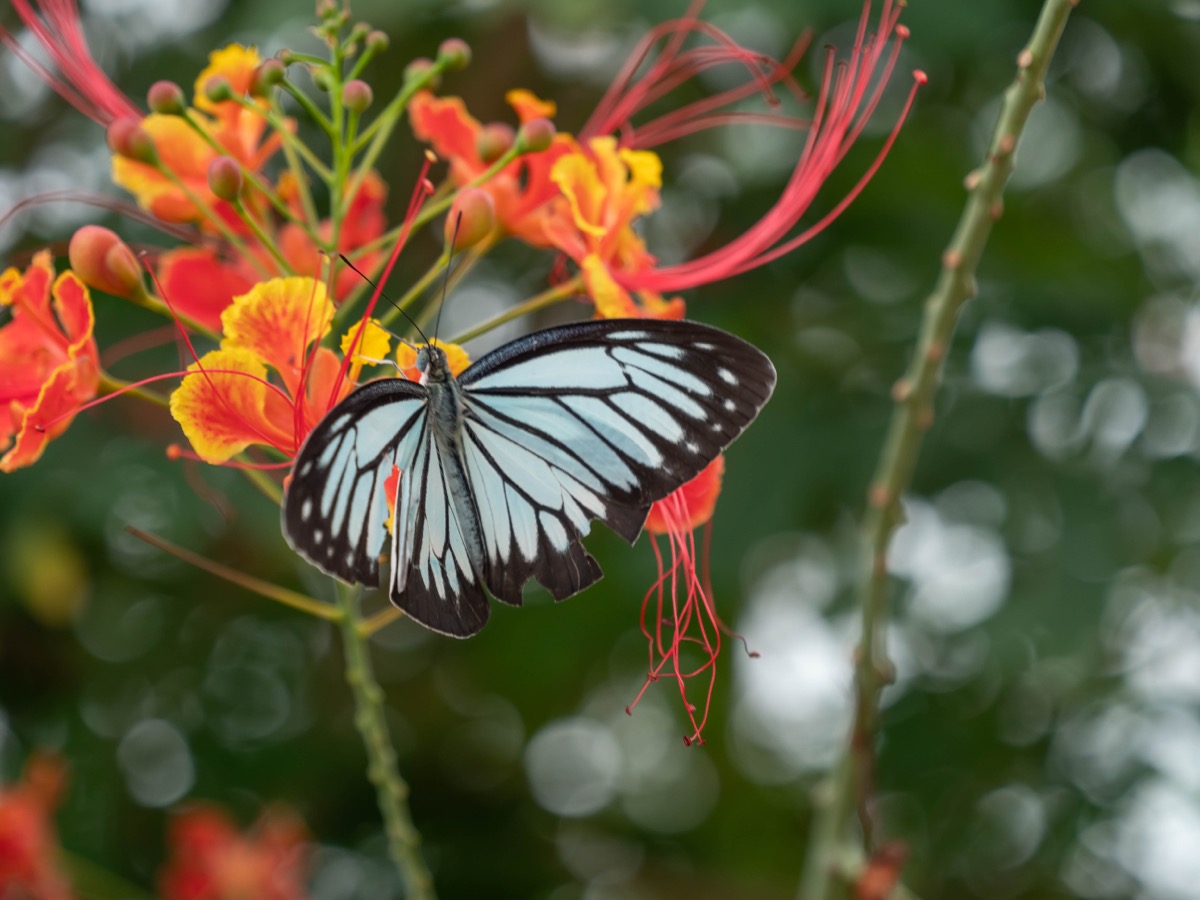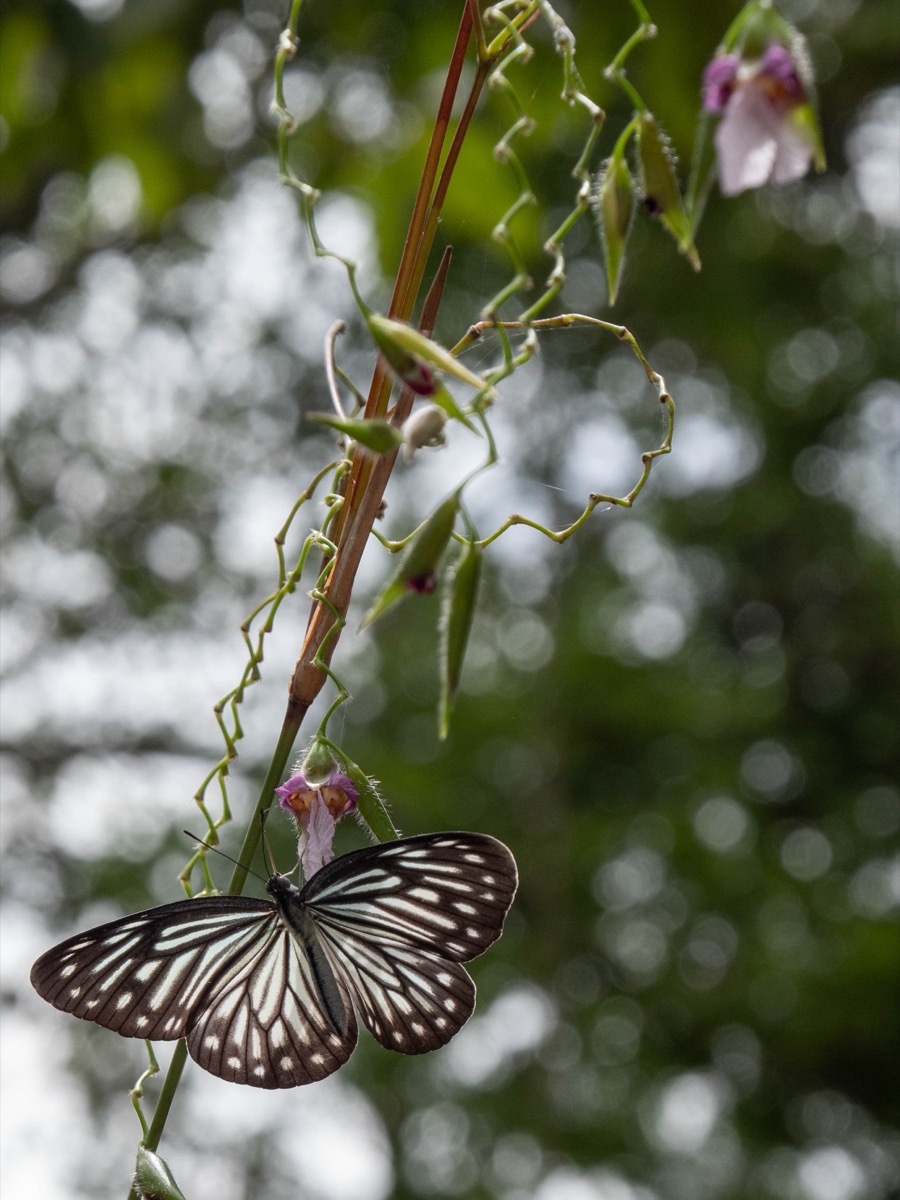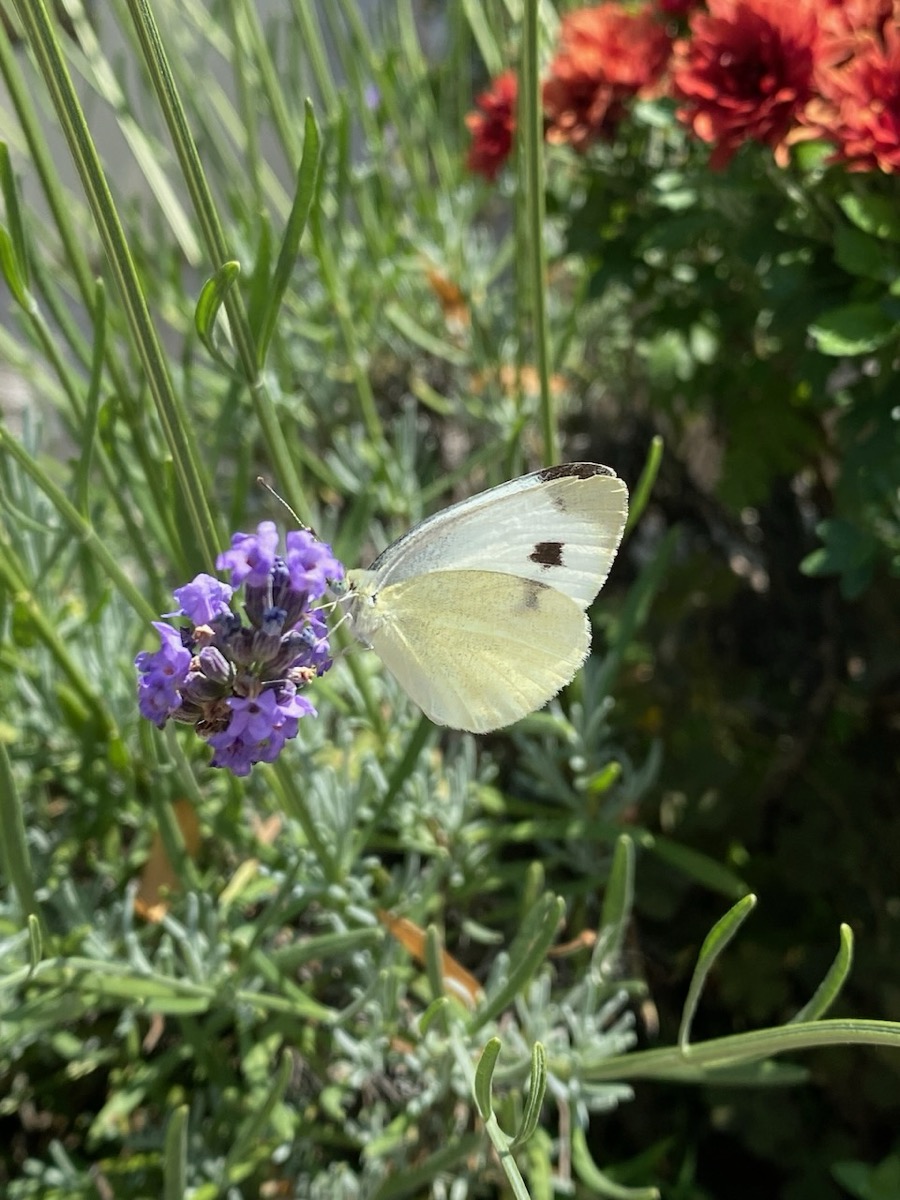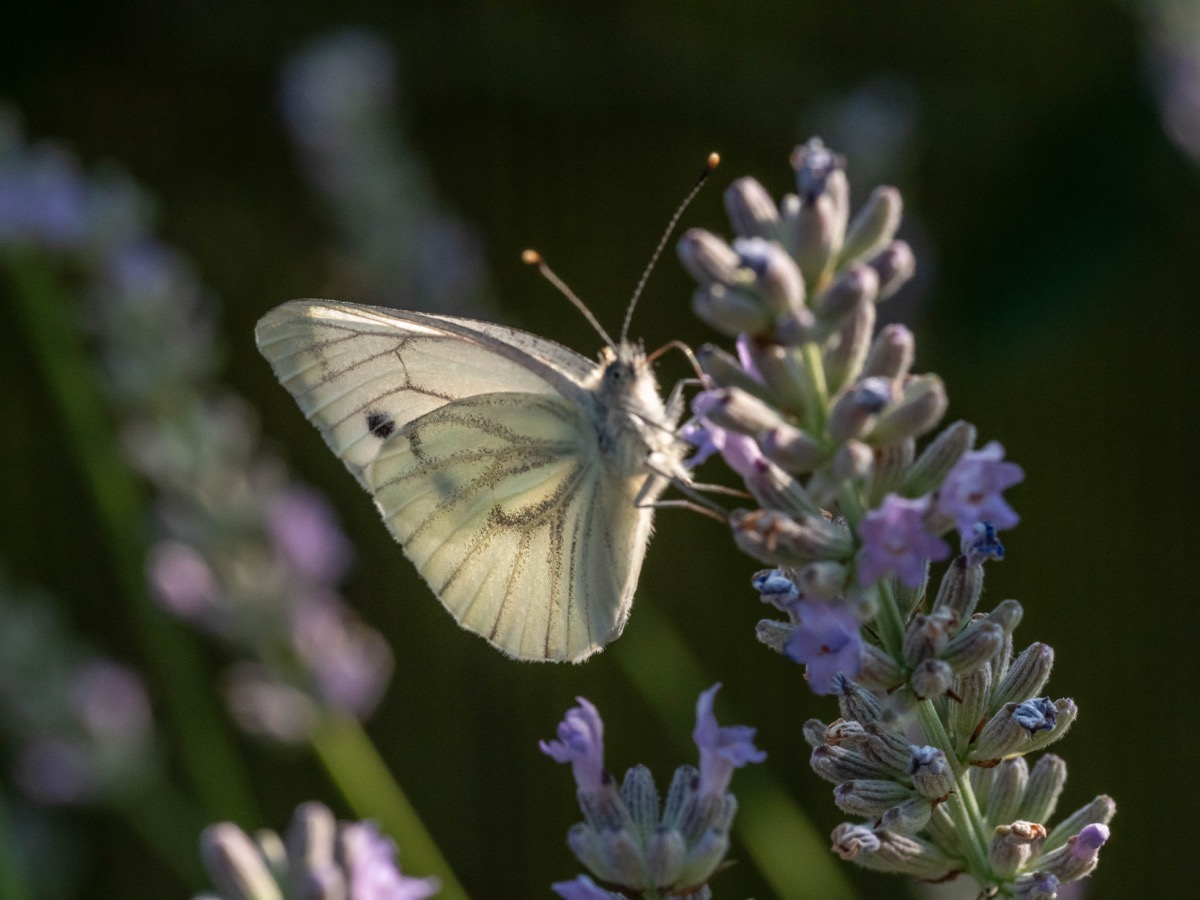PIERIDAE – THE WHITES AND YELLOWS
Pieridae – The Whites and Yellows are a family of butterflies often called “whites.” They are characterized by their white or bright yellow wings, usually adorned with dark patterns. Caterpillars of some species feed on plants of the Brassicaceae family, making them sometimes pests of cabbage, mustard, and radish crops.
However, many Pieridae also play important roles as pollinators. Some members of this family are known for large-scale migrations over long distances.
Pieridae are widely distributed and found in diverse habitats around the world.
Characteristics
- Butterflies white, yellow, or cream-colored, often with black spots or veins
- Medium-sized (wingspan 35–60 mm)
- Slim body, clubbed antennae, fluttering yet sustained flight
- Well-developed proboscis, adults nectar feeders
- Resting posture: wings closed vertically
Habitat
Pieridae frequent:
- Flower-rich meadows, vegetable gardens, hedgerows, path edges
- Wastelands, dry grasslands, agricultural zones
- Open, sunny habitats from sea level to mountains
Biology
- Eggs laid singly or in clusters on Brassicaceae (cabbages, mustards, garlic mustard) or Fabaceae
- Caterpillars green, smooth, often cryptic on stems or leaf undersides
- Pupation as chrysalides fixed vertically to a support
- One to three generations per year depending on climate
- Some species overwinter as chrysalis or adult
Common Genera and Species
- Pieris – P. brassicae (Large White), P. rapae, P. napi
- Gonepteryx – G. rhamni (Brimstone): hibernates, active early spring
- Anthocharis – A. cardamines (Orange Tip): males with orange forewing tips
- Colias – Yellow or orange butterflies, very mobile (C. crocea, C. hyale)
Iconic Species
- Pieris brassicae – Large White: common in crops, strong flight
- Gonepteryx rhamni – Brimstone: green-yellow wings, leaf-like at rest
- Anthocharis cardamines – Orange Tip: male with orange tips, early spring flyer
- Colias crocea – Clouded Yellow: bright yellow, fast flight over wastelands
Particularities
- Some species are migratory (e.g., Colias crocea)
- Rapid reproduction and high dispersal ability
- Species act as sentinels for open habitat dynamics
- Numerous interactions with agriculture (pests or beneficial insects)
Genus Hebomoia
Hebomoia glaucippe
| Order | Lepidoptera |
| Family | Pieridae |
| Genus | Hebomoia |
| Species | Glaucippe |
| Common name | Great Orange Tip |
| Authority | Linnaeus |
| Year described | 1758 |
| IUCN Status | Not Evaluated |
| Color | White wings with orange apex on forewings bordered by brown |
| Minimum size (mm) | 90 |
| Maximum size (mm) | 100 |
| Range | Asia |
Genus Pareronia
Pareronia hippia
| Order | Lepidoptera |
| Family | Pieridae |
| Genus | Pareronia |
| Species | Hippia |
| Common name | Indian Wanderer |
| Authority | Fabricius |
| Year described | 1787 |
| IUCN Status | Not Evaluated |
| Color | Black-blue-white-yellow |
| Minimum size (mm) | 60 |
| Maximum size (mm) | 85 |
| Range | Asia |
Genus Pieris
Pieris mannii
| Order | Lepidoptera |
| Family | Pieridae |
| Genus | Pieris |
| Species | Mannii |
| Common name | Southern Small White |
| Authority | Mayer |
| Year described | 1851 |
| IUCN Status | NT (Near Threatened) |
| Color | Whitish-yellow; males with one black postdiscal spot on forewing, females with two |
| Minimum size (mm) | 20 |
| Maximum size (mm) | 26 |
| Range | Mediterranean Basin |
Pieris napi
| Order | Lepidoptera |
| Family | Pieridae |
| Genus | Pieris |
| Species | Napi |
| Common name | Green-veined White |
| Authority | Linnaeus |
| Year described | 1758 |
| IUCN Status | LC (Least Concern) |
| Color | White with pale yellow underside |
| Minimum size (mm) | 18 |
| Maximum size (mm) | 27 |
| Range | Europe, Asia, North America, North Africa |
